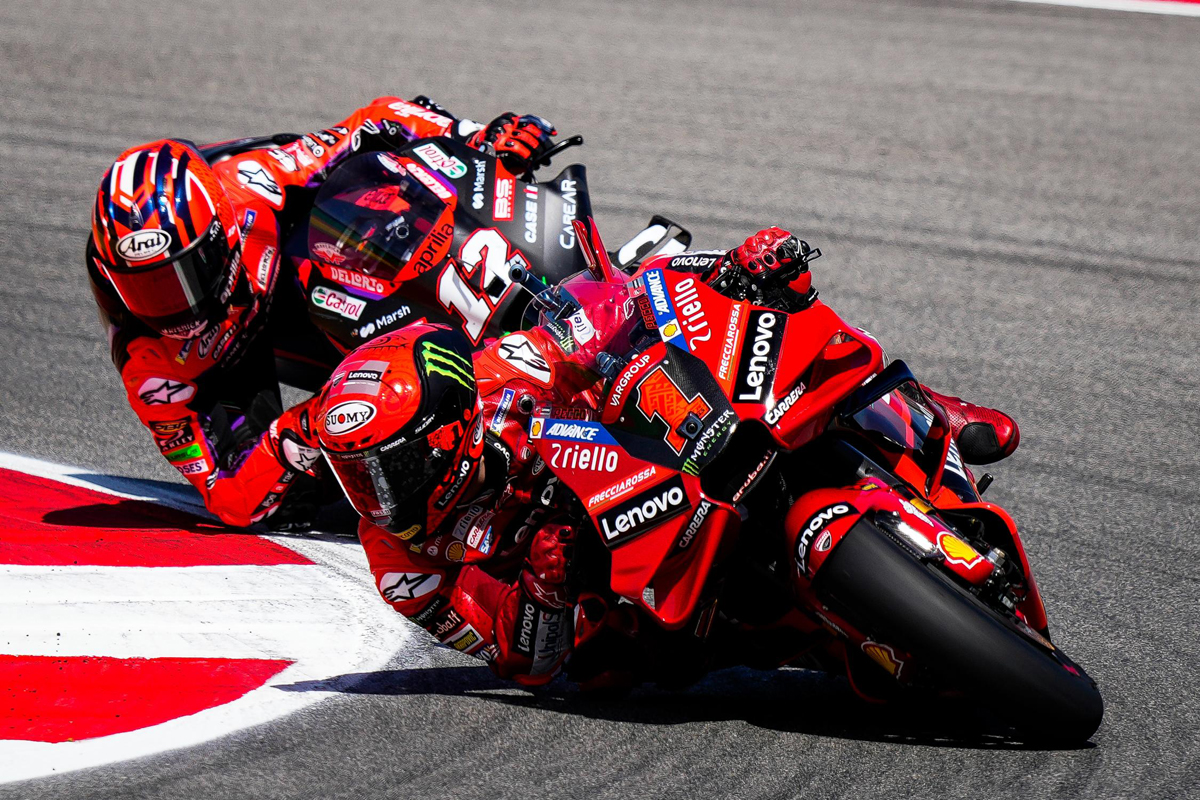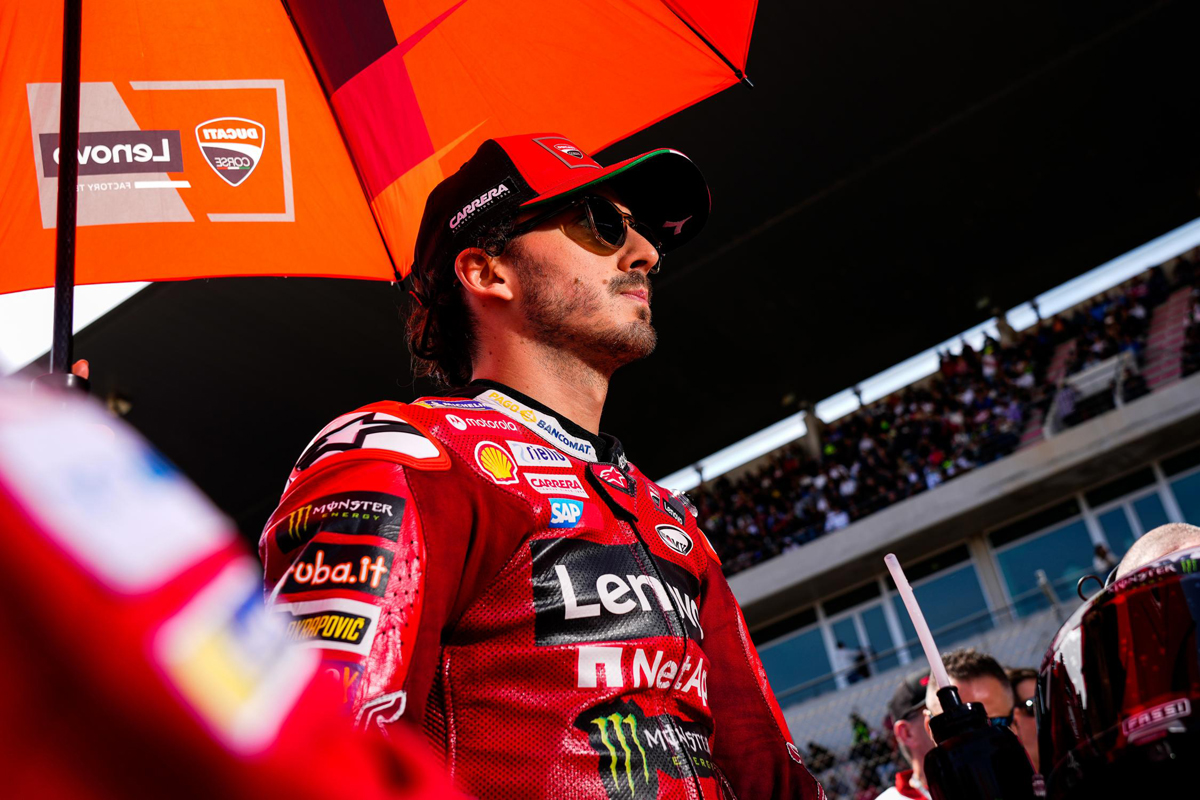
There is little that can compare to the anticipation and excitement that accompanies the beginning of a new season of MotoGP. From the moment that the very first wheel turns in Free Practice 1, the clouds lift, the sun comes out and all is right with the world. At least it is in our – the spectators’ – world. I’m not so sure it is the same for the competitors or the team personnel.
While the Sprint Race format is destined to give us more race entertainment, it also gave us a lot more action than we have been accustomed to seeing over a race weekend in recent years. Such was the no-holds-barred action in those frantic twelve laps at Portimao, which is likely to be repeated at other rounds, that it is easy to fear for the general health of the riders: when they are fighting that hard, well, that’s when things happen and there’s no time to see how a race is developing before attacking: they’re doing that from lap one. This time it was Bastianini who was in the wrong place at the wrong time as he was skittled out by Luca Marini, suffering a broken shoulder blade and forcing him to miss the main race and, in all likelihood, the next round in Argentina.
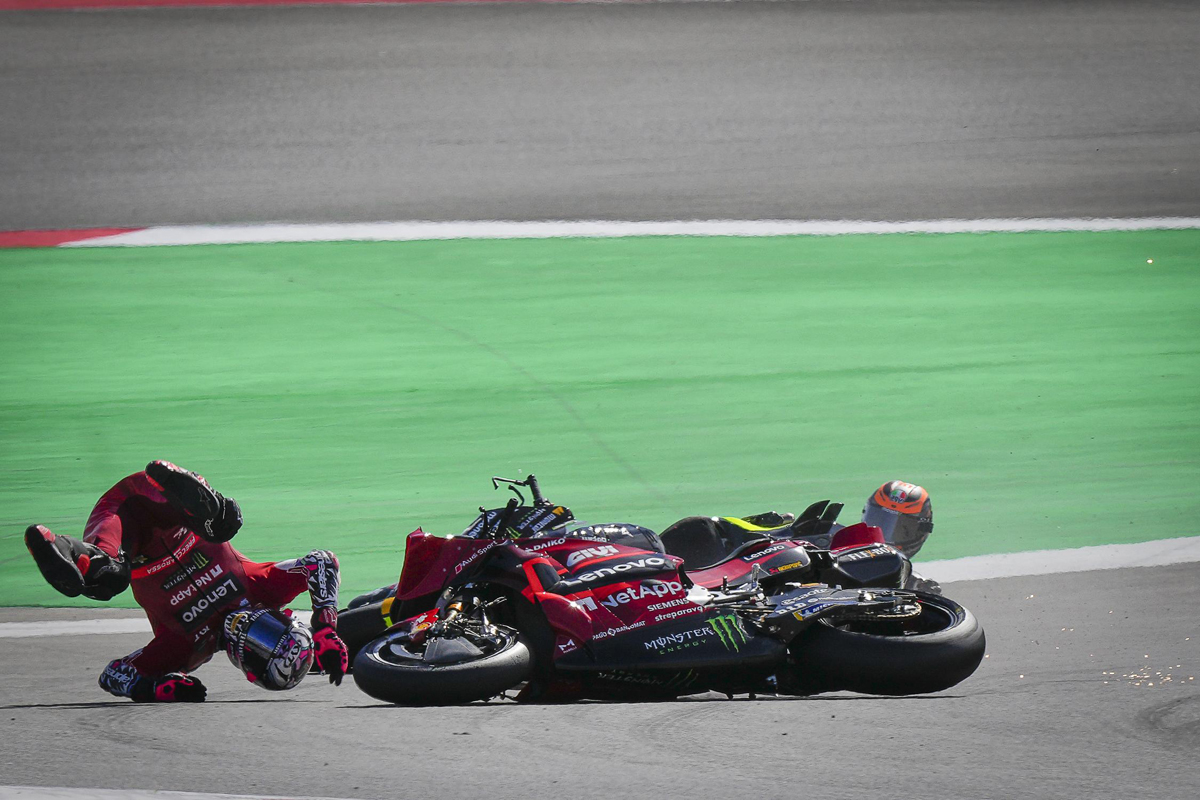
Ironically, despite the intense action, it was the race on Sunday that proved to be the more dangerous, leaving two further riders – Marquez and Oliveira – out of the race in Argentina in a week’s time, to add to Pol Espargaro who suffered a horrendous crash in Free Practice, leaving him with a lot of healing to do.
But the pressure on teams and riders is becoming intense from the moment the pit lane opens for FP1. With the gaps between riders so close, every minute advantage must be sought and there’s no longer time for getting your eye in or waiting for the track to come up to temperature or even be swept clear of a dusty coating. Because there are now only two practice sessions that count towards deciding who goes into Q1 or who jumps straight to Q2, no one can afford to take it easy.
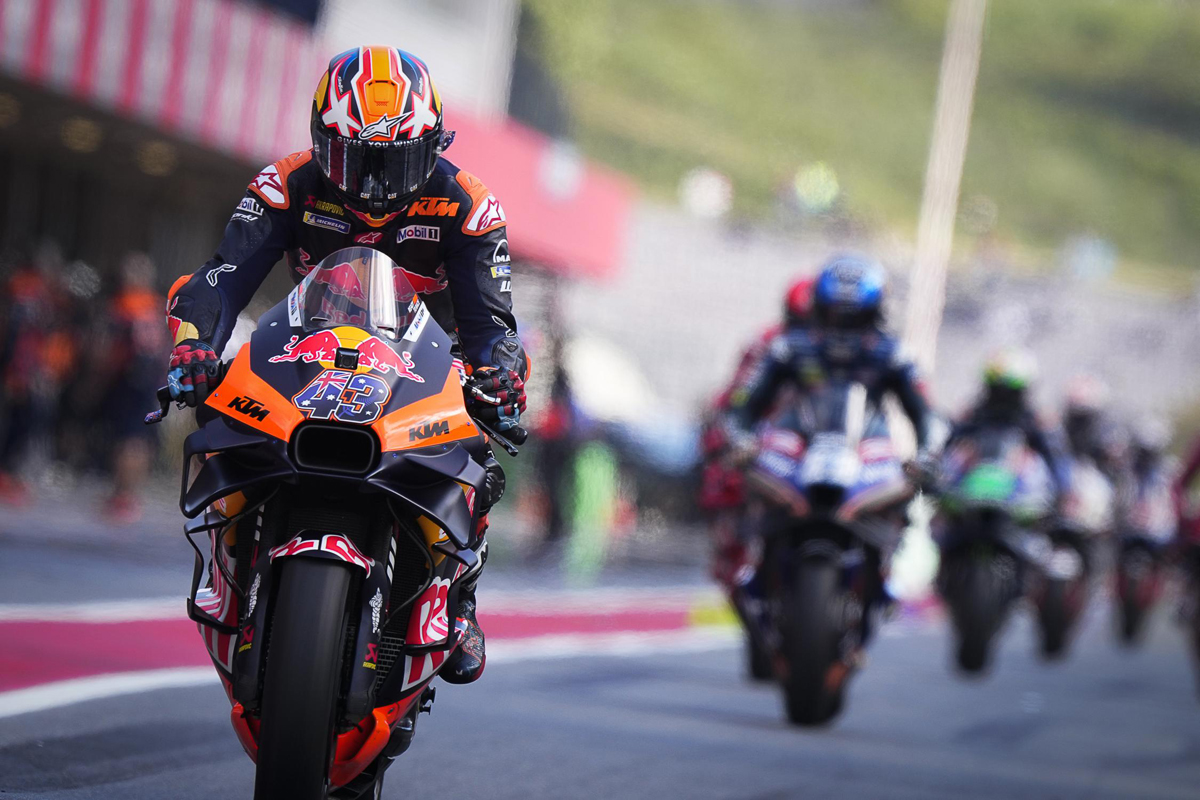
The practice sessions are also shorter and this certainly won’t help riders and mechanics sort out the hugely complex motorcycles and it won’t allow the riders to ride at anything other than 100% from the second they head out onto the track. Under those conditions, is it any wonder that crashes are not going to be simply more frequent, but also potentially more serious?
If we leave the doom and gloom behind for a moment, there was a lot to show us that 2023 might not be the cakewalk for Ducati that everyone predicted. Look at the sprint race: sure, Bagnaia won, but there was a KTM in the lead for a short while. Not only that but it was being ridden by Jack Miller, a new boy to the team and one who suffered a torrid time in testing. Then there was Marc Marquez leading for the first lap or two before the power of the Ducatis swamped him on the start/finish straight.
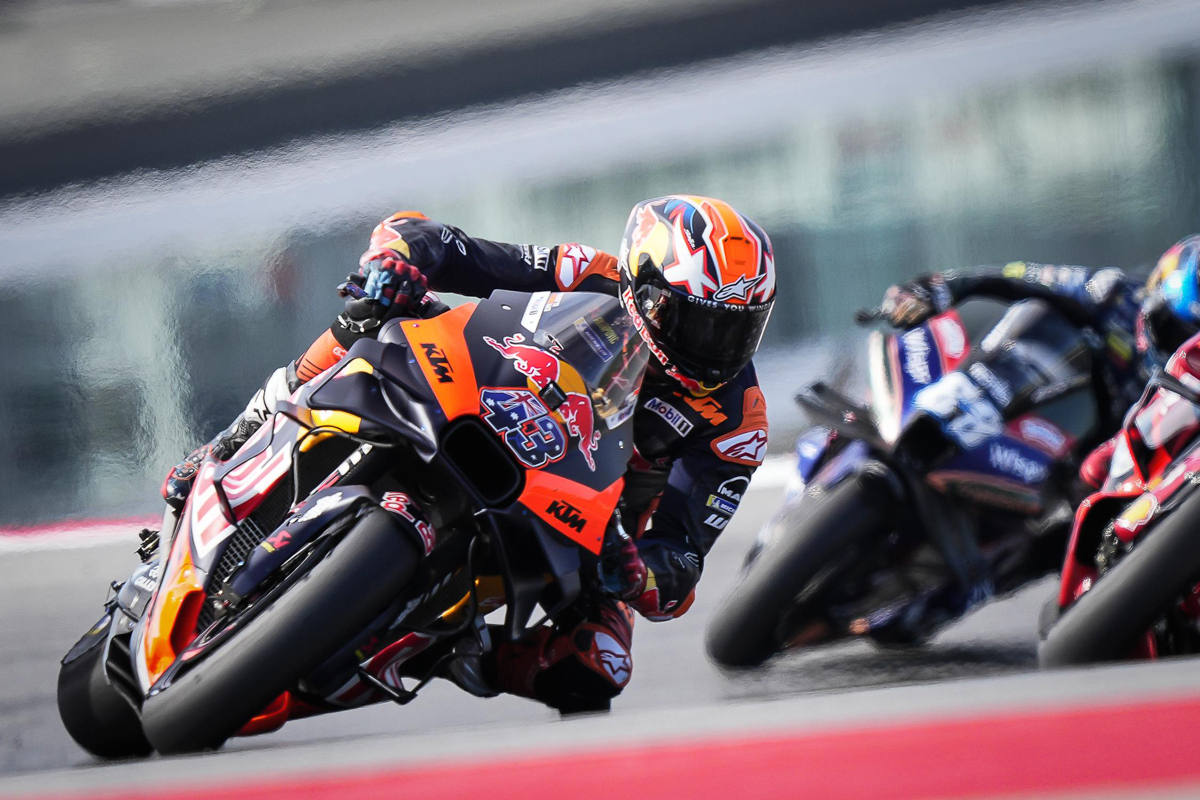
We had Jorge Martin giving Bagnaia the strongest challenge, although it was unfortunate that Bastianini was prevented from showing what he is capable of. As it is, he’ll be the fourth rider to miss the Argentine round: one race in and the field is already depleted. At this rate, it will be a case of the last man standing who will win the title come year’s end.
If Marc Marquez showed that he has lost none of his fighting spirits by staying in contention in the top five and then taking advantage of a mistake by Oliveira and Miller to finish on the podium in the Sprint Race, then he also showed a weaker side when he took out Oliveira in a crash in the main race that left them both injured and missing the next round. If Marquez was widely condemned – apart, of course, from Honda team manager Alberto Puig who never seems to see anything that the apple of his eye does as in any way wrong – then the incident was also indicative of the need for the non-Ducati riders to push as hard as possible if they are to not be left way behind as soon as the end of the first lap.
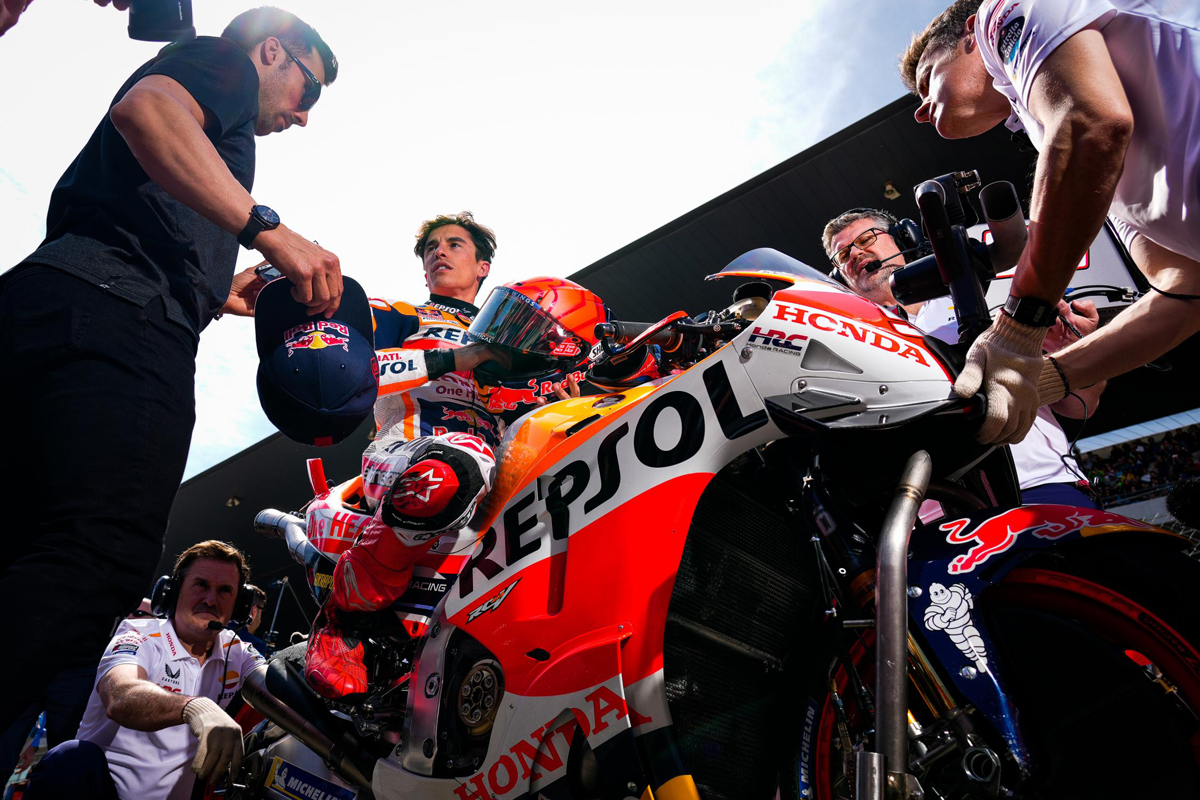
Another rider who realises the truth of this all too well is Fabio Quartararo. Simply put, the Yamaha M1 is not a weapon that Quartararo can take into a race day fight and hope to come out anywhere near on top: even being in the points will be an achievement. Not only is he lacking top speed but the manner in which the Yamaha corners is completely different to the V4-engined bikes which means, of course, every other bike on the grid!
With a clear track ahead, the Yamaha can use its smooth, sweeping lines work to its advantage. However, with a Ducati in front, the Yamaha will be baulked by the point and squirt lines they take, effectively making any corner into a point. Now that the Ducati is excellent under braking, it can dive at the apex, square it off, pick the bike up and bullet off into the distance. Against that, the Yamaha has no defence.
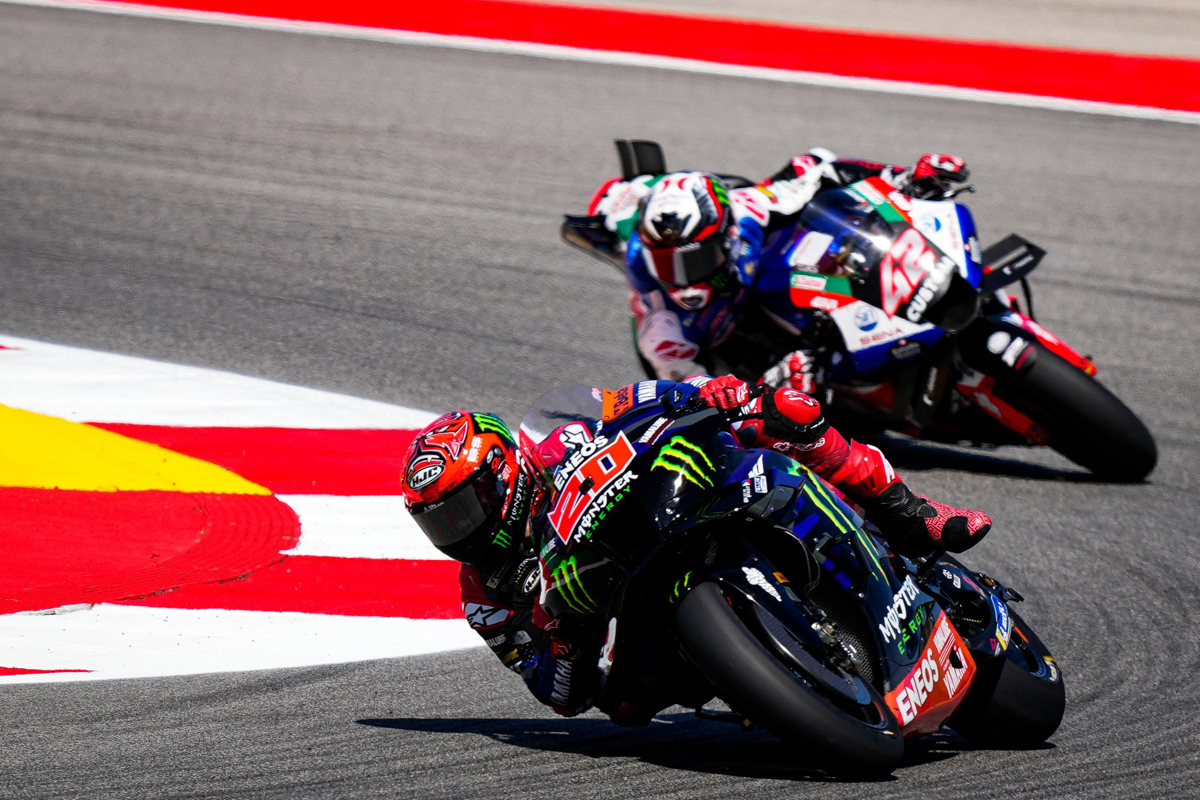
While we may welcome the return of racing, it is not without a shadow of a cloud hovering overhead, not only for the safety of the riders but also for the health of the sport as a whole. Dorna has made huge efforts to close up the racing in recent years which, by and large, have worked, even if races can be a bit processional: for 19 laps at Portimao, Viñales was able to stay with Bagnaia but at no point did he look like he might be able to get past and nether did Bezzecchi look like he could do the same to Viñales. Not all bad news, however as, behind this, Binder worked his way up to sixth from 15th on the grid, while Johann Zarco snatched fourth on the last lap with passes on Binder and Alex Marquez after having dispatched the Aprilia of Espargaro only a lap or two before. In fact, there was plenty of action, just not up at the front which, let’s face it, is where it’s needed most.
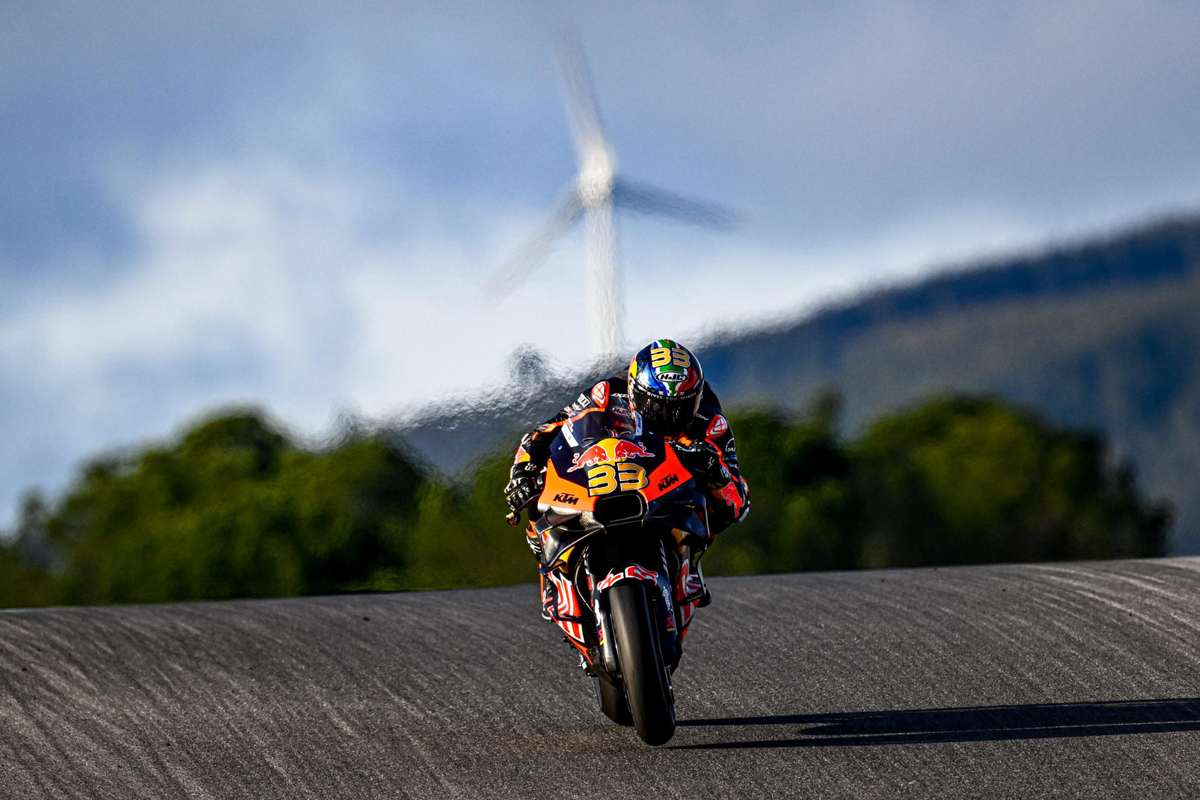
However, beyond the pressure of intense race weekends – 21 of them, don’t forget this year, including the last six taking place over seven weekends – there is also the worry that technology and aerodynamics are starting to make a mockery of Dorna’s attempts to simplify things – spec electronics and one tyre manufacturer are great but the unchecked methods the manufacturers are finding to gain the advantage is spoiling racing. It’s not solely about one manufacturer having an advantage: it’s the inability of one bike to follow another – of any make – without the front tyre melting or their aerodynamics not working properly.
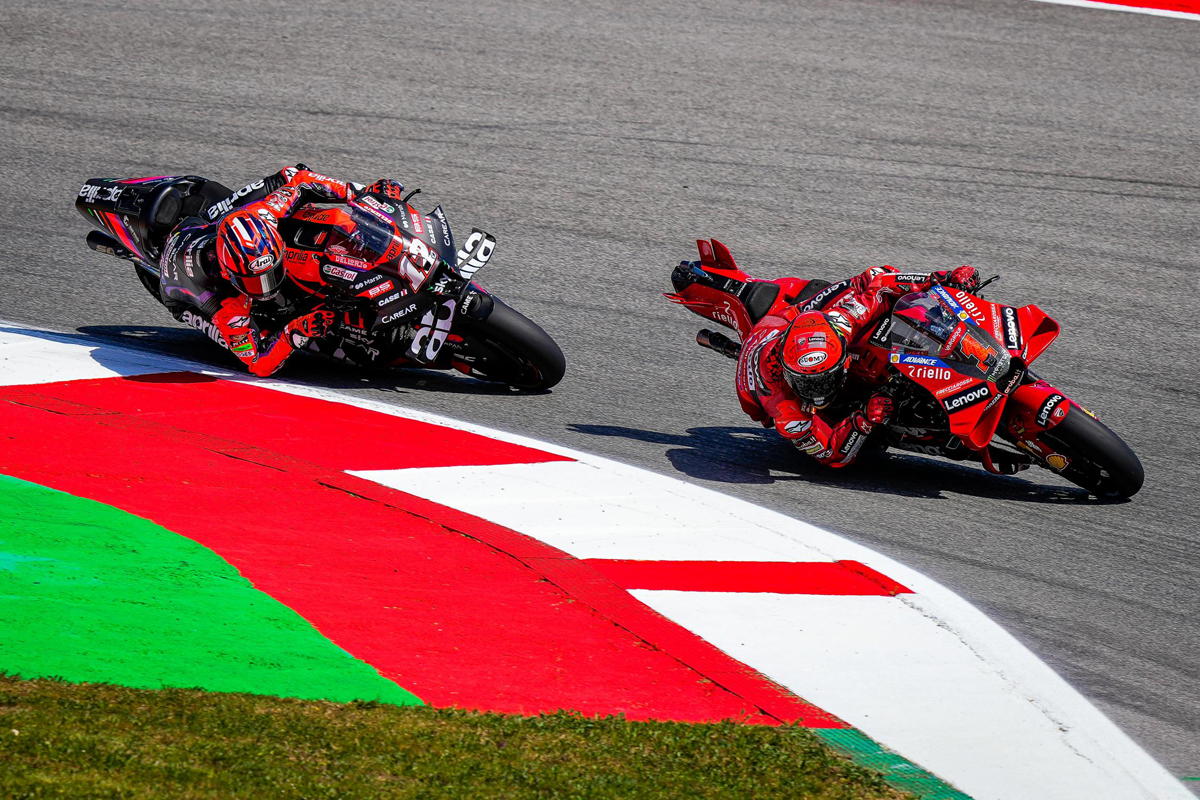
Then there is the matter of eight Ducatis on the grid. How long will the likes of Yamaha and Honda continue if they can’t win a race? Of course, that argument is dangerous as, in racing, there have always been eras of dominance by one team and it is simply up to the others to do as good a job in order to beat them. But when the quality of the racing suffers, then it’s time for the governing body to step in and make decisions that might be unpalatable to one particular team but good for the sport as a whole.
But then, if Ducati gets the hump at being picked on by the headmaster and decides to take its ball home, that leaves a big hole in the grid and who will fill that? I doubt it’s likely but these things have to be considered if we are to continue enjoying MotoGP in 2030 and beyond.
